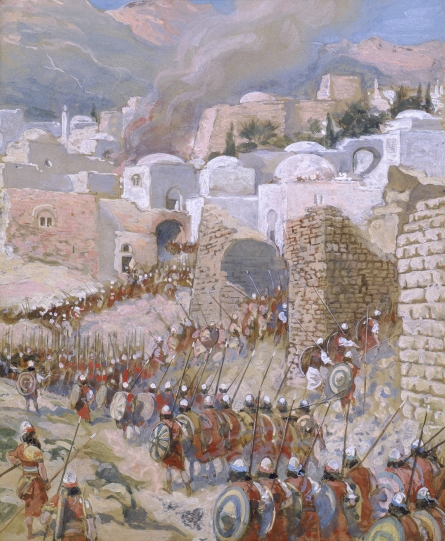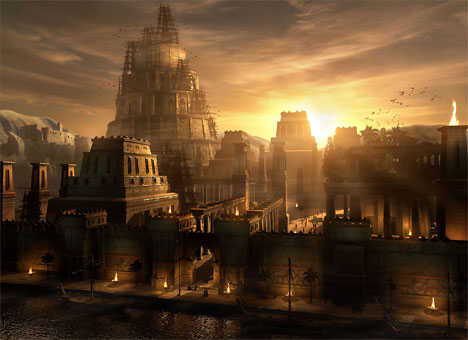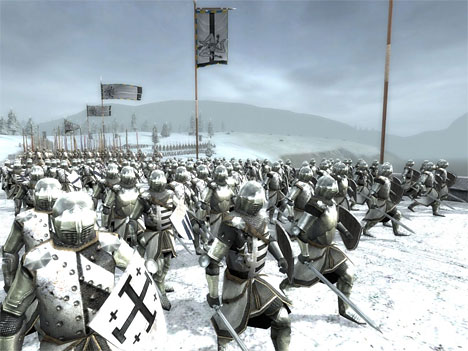Voluntary Submission
The sign of the Covenant has progressed from the removal of Adam’s sin (Passover) to Eve’s removal from sin (Atonement).
Circumcision was only for males, because Israel’s history concerned the coming of the Adam. Baptism, however, is for both males and females, imaging the resurrection for war of a corporate Eve—the body (Trumpets).
Circumcision brought near those who could not stand on their own (Isaac). Baptism brings near the mature (Esther), who present themselves before God’s ministers as plunder from the nations, submitting to church government to be enrobed, washed, and seated in the royal priesthood.
Obeying the gospel identified us with Greater Adam (circumcision – death), a circumcision “made without hands” (Colossians 2:11).
Submitting to baptism, however, identifies us with Greater Eve and her government over us—the Saturnine sword of the Covenant (resurrection).
Circumcision and Passover looked forward to Christ’s death. Baptism and the Lord’s Supper are Covenant memorials, but also look forward to the final Conquest cleansing and resurrection.
A New Covenant believer’s baptism is a knighthood, or “Nazirite-hood.” One mature enough to publicly testify to his faith bows before his Captain and is symbolically beheaded by the sword of Conquest, smashed by the rod of iron—the church. We must be dominated before we can dominate. He rises and stands on the Laver (“Arise a knight!”) – the Jordan, picturing the crystal sea before the Throne. After access to the “marriage feast” he rides into battle as an authorised emissary. Only he who has submitted to the sword is enabled to carry it. As an image it certainly communicates the gravity of the responsibility.
As far as the world is concerned, the Christian has hoisted the Jolly Roger. As far as Christ is concerned, he has nailed the colours of Eve to the mast and deliberately, publicly, joined the brotherhood.
Infant baptism dims the glory of this New Covenant sacrament of corporate maturity.
Israelite males presented themselves before God at Passover/Unleavened Bread, Firstfruits and Booths. (Exodus 23:14-17) picturing the death, resurrection and marriage of the “bridegroom.” Trumpets summoned the people to prepare for Atonement, making ready the “bride.”
Sabbath - God’s Word initiates the pattern in Adam
000Passover - Adam is summoned and dies (Israel’s circumcision – Red Sea)
000000Firstfruits - Adam is resurrected
000000000Pentecost - Eve is tested in the wilderness
000000Trumpets - Eve is summoned and dies
000Atonement - Eve is resurrected (Christian baptism – Jordan)
Booths - Marriage feast of the Lamb
WEPOW
 James B. Jordan was the first Bible teacher I ever heard who had an opinion on the gift of tongues in relation to the rest of the Bible. This gent cops a lot of criticism from the establishment for various things, but he is one who really “gets” the Bible. This is because he asks the right questions. And, without being too harsh, he most often makes all the other theologians and Bible teachers in any debate, on both sides of the debate, look like kindergarten children.
James B. Jordan was the first Bible teacher I ever heard who had an opinion on the gift of tongues in relation to the rest of the Bible. This gent cops a lot of criticism from the establishment for various things, but he is one who really “gets” the Bible. This is because he asks the right questions. And, without being too harsh, he most often makes all the other theologians and Bible teachers in any debate, on both sides of the debate, look like kindergarten children.


























